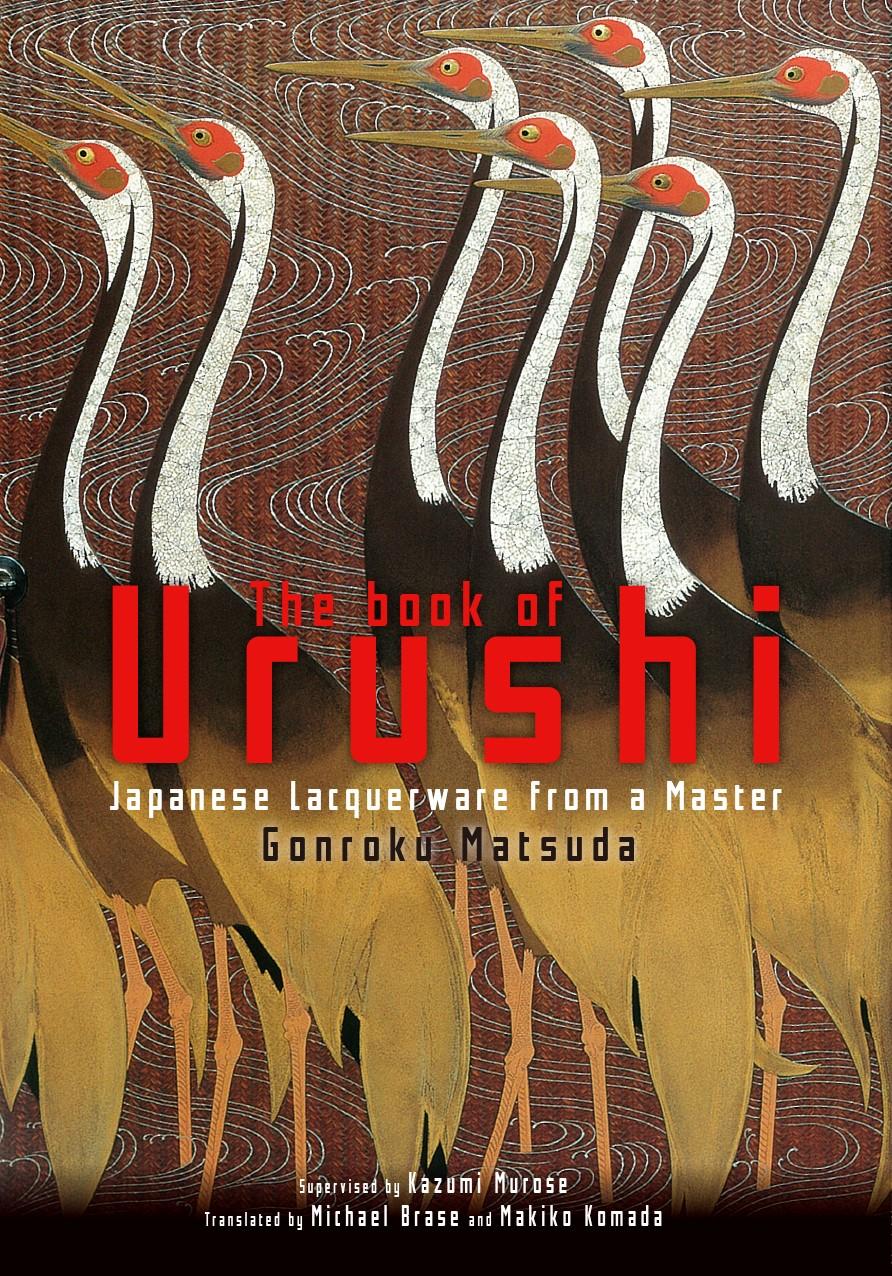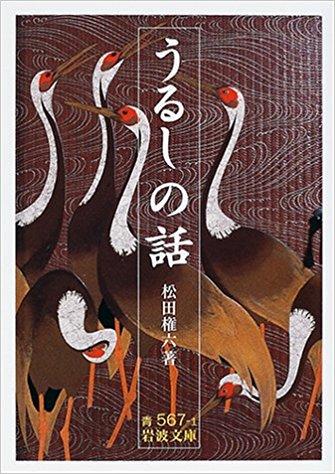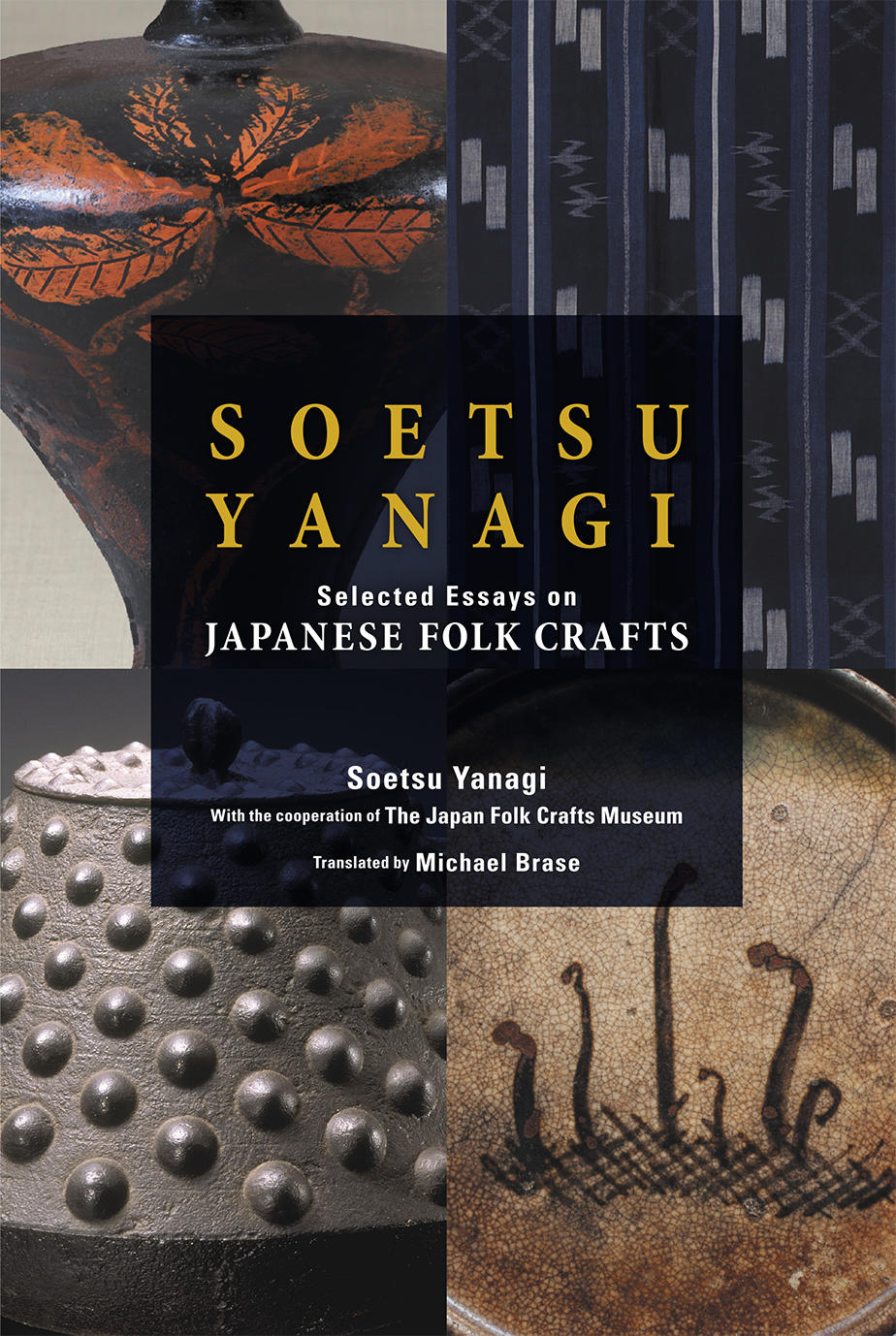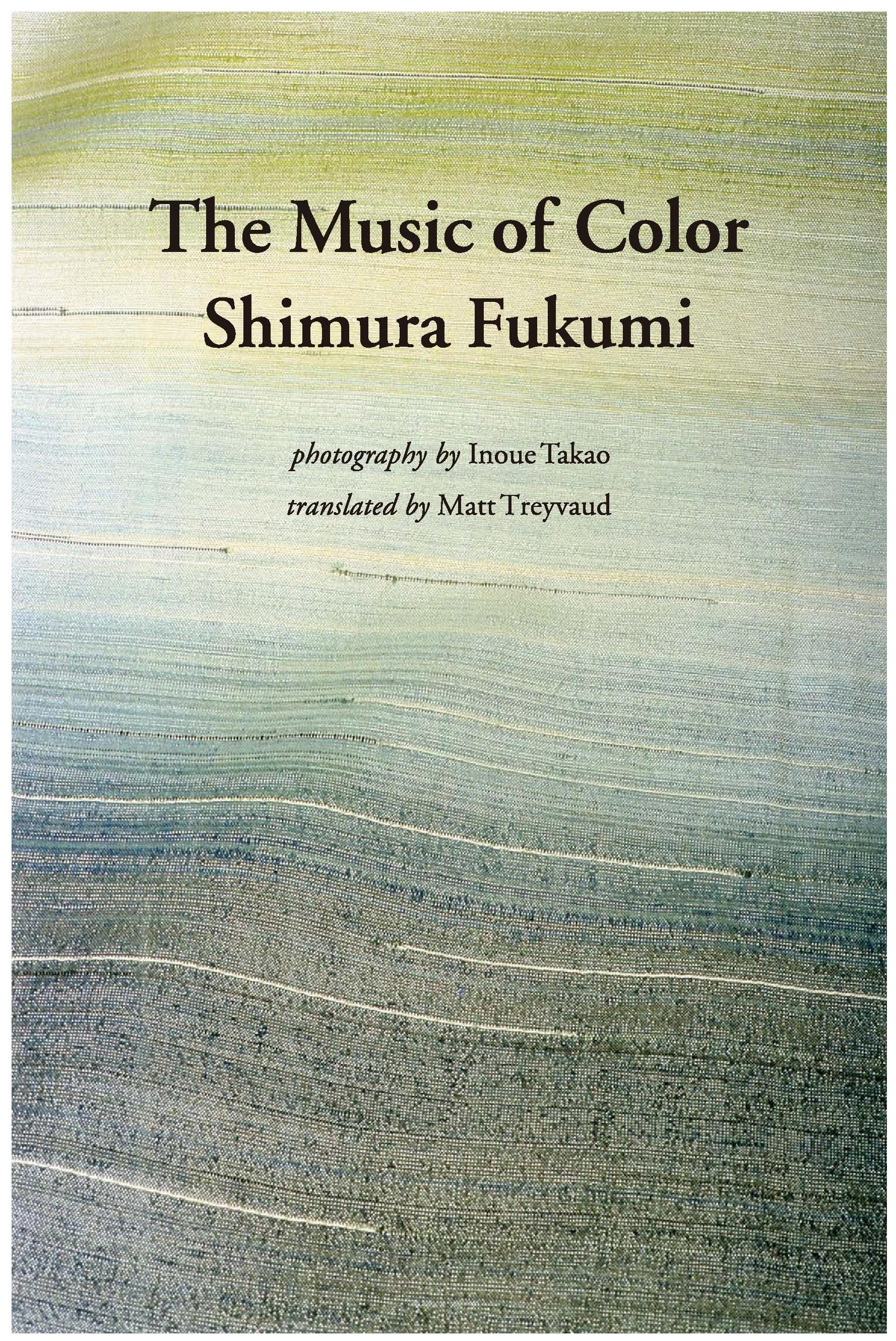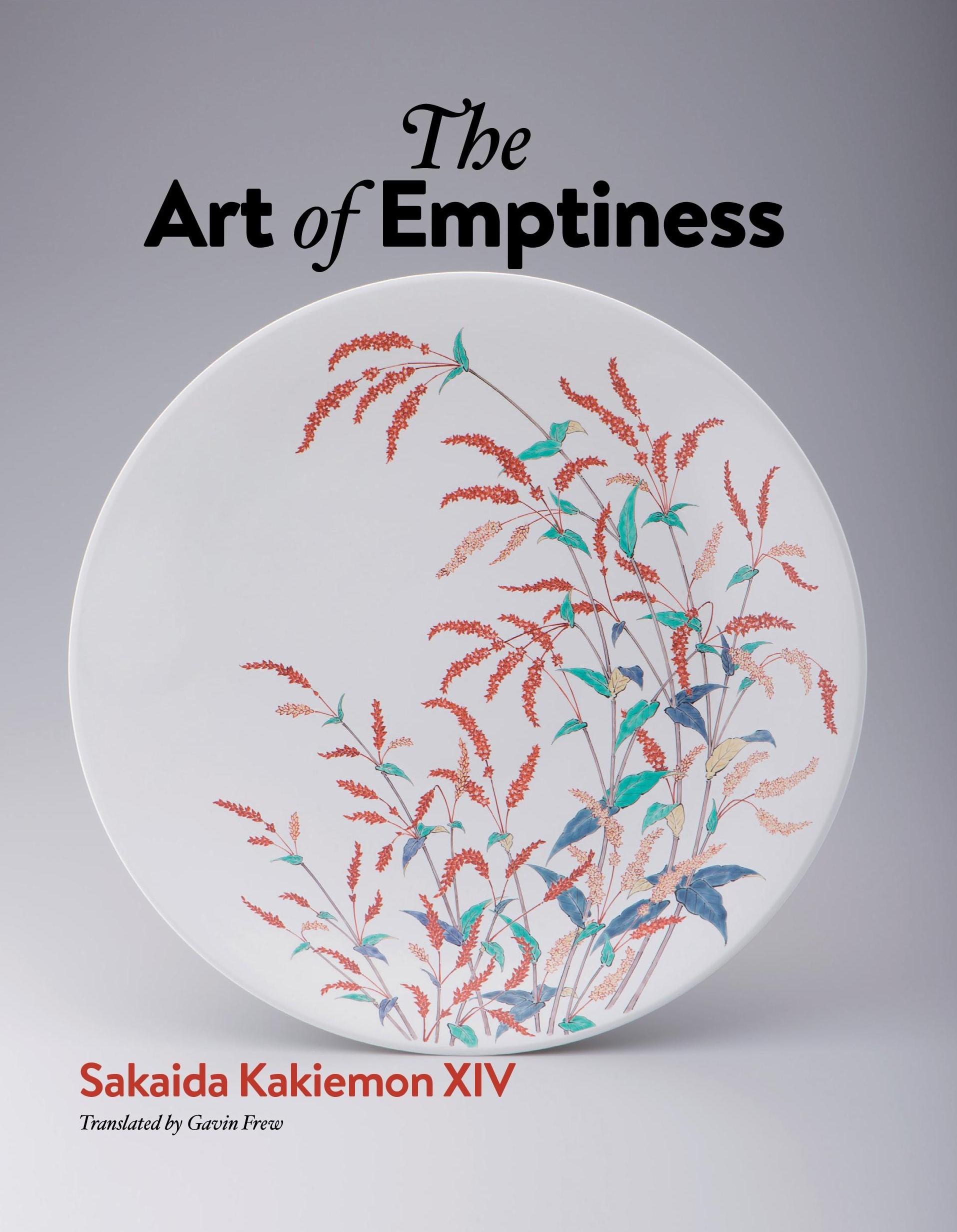Urushi, Japanese lacquerware, is perhaps the oldest and most sublime of all the Japanese arts and crafts. Its history goes back more than 7,000 years, and it is still vibrantly alive today. It is practiced by craftsmen working in time-honored techniques and by modern artists forging the future. Valued for its utilitarian durability, urushi developed into an incomparable art, adorning a multitude of objects from luxurious palaces to lavish murals and exquisitely crafted fountain pens. The present book, written more than fifty years ago by the Living National Treasure Matsuda Gonroku, has long been a must-read for collectors, researchers, and laypeople. It is the “bible” of urushi, covering every conceivable aspect of the subject. It includes some fifty full-color illustrations of masterpieces honored by history and masterworks by Matsuda himself.
The present edition has been supervised by Murose Kazumi, a disciple of Matsuda’s and a Living National Treasure in his own right. His foreword enables the reader to acquire a broader understanding of the contents of the book and gain a deeper appreciation of its value and impact on the world of urushi.

